Why do you have to pour out some water when making coffee? The influence of different hand punches on hand punching
Professional coffee knowledge exchange more coffee bean information please follow the coffee workshop (Wechat official account cafe_style)
Sometimes baristas have a small detail when making hand-made coffee: pour some water into the cup before brewing the coffee. What is the point of this step?
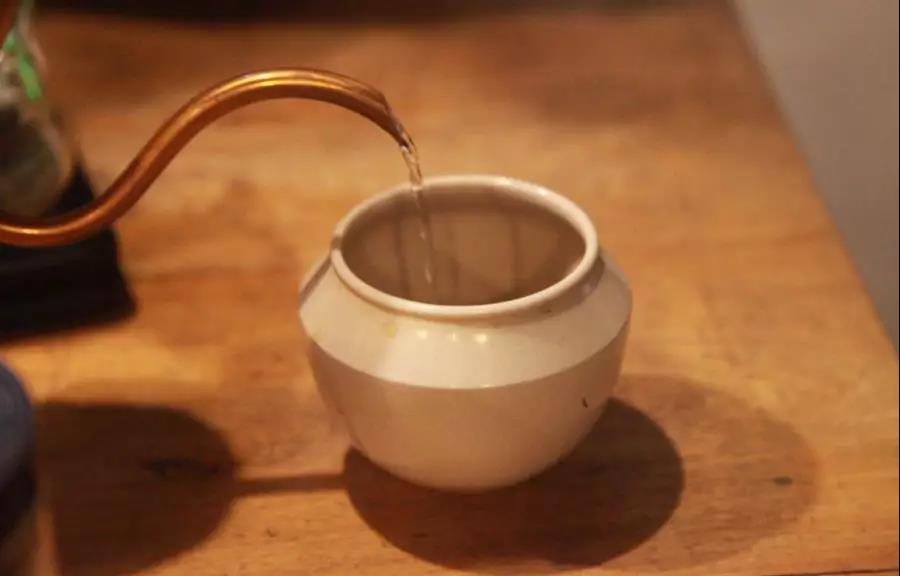
| preheat spout |
When making hand-brewed coffee, we pour water into the cup to preheat the spout and the neck of the hand-brewed pot.
| what is the difference between preheating and non-preheating temperature?
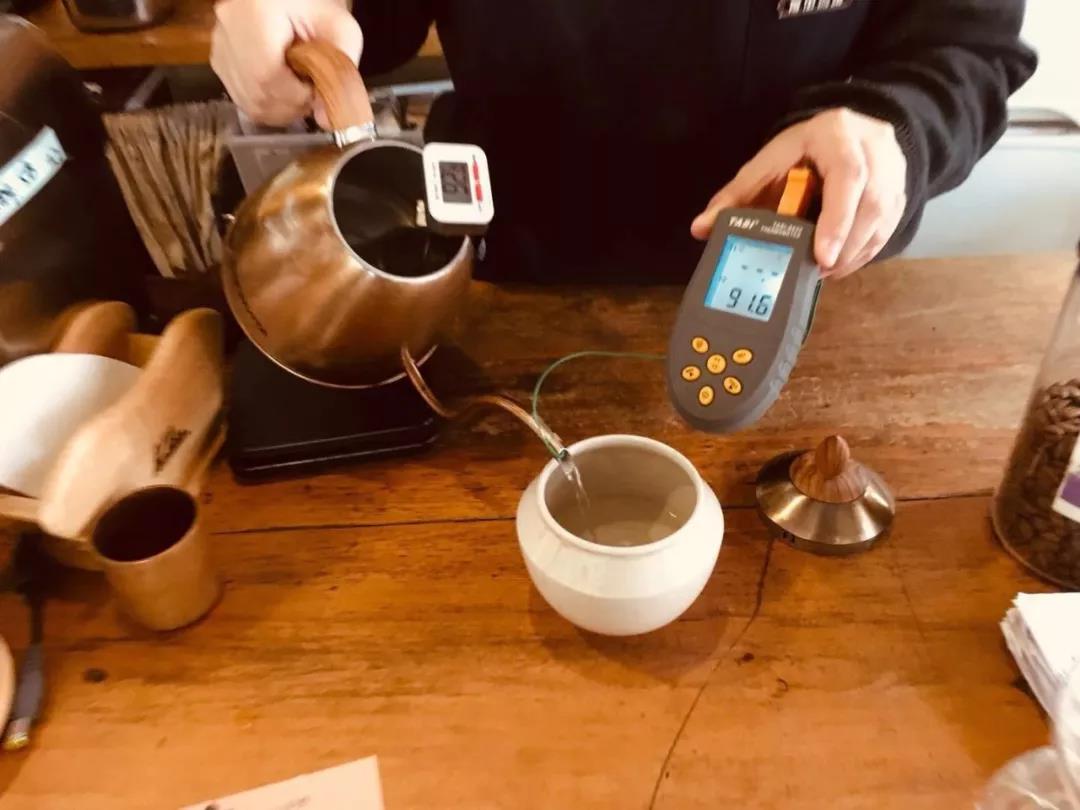
The editor inserts the thermometer into the hand punch and ties a thermometer to the spout to test whether the hot water in the hand flush pot is different from the hot water temperature in the spout.
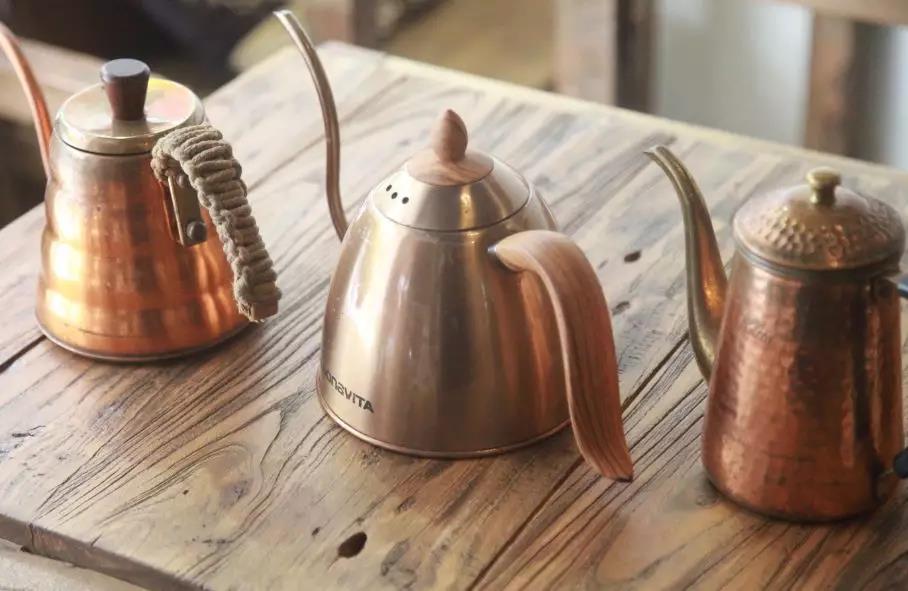
As for the hand punch, the editor chose three kinds of hand punch: kalita elephant trunk pot, HARIO copper hand punch pot and bonavita hand punch pot. Because the necks of these three kinds of hand pots are different in thickness and length.
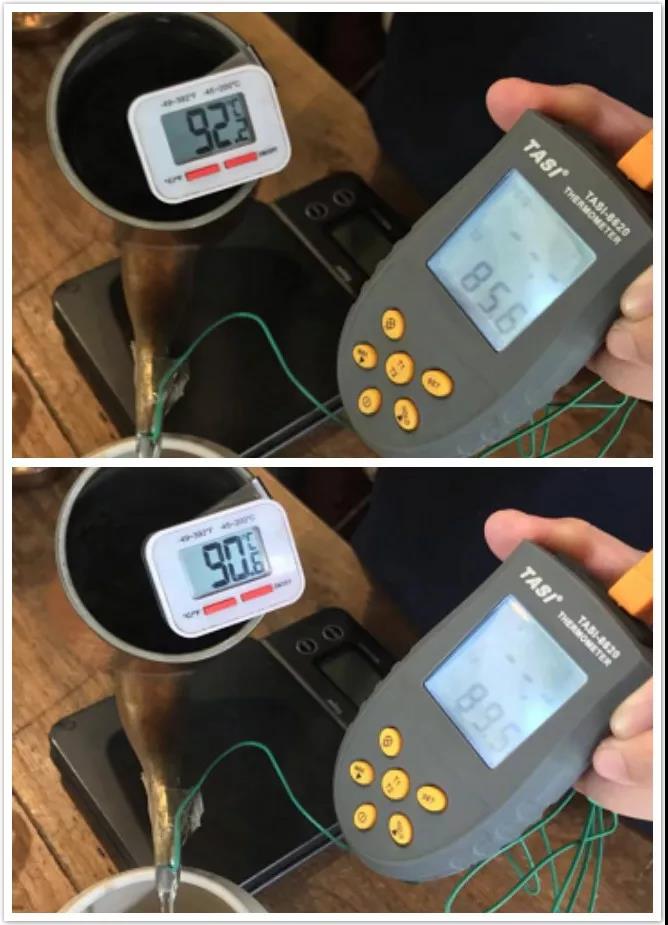
Kalita elephant trunk pot (unpreheated at the top and preheated at the bottom)
No preheating: water temperature in the kettle is 92 ℃, spout is 85 ℃, difference is 7 ℃
Preheating: the water temperature in the kettle is 90 ℃, the spout is 89.5 ℃, the difference is 0.5 ℃
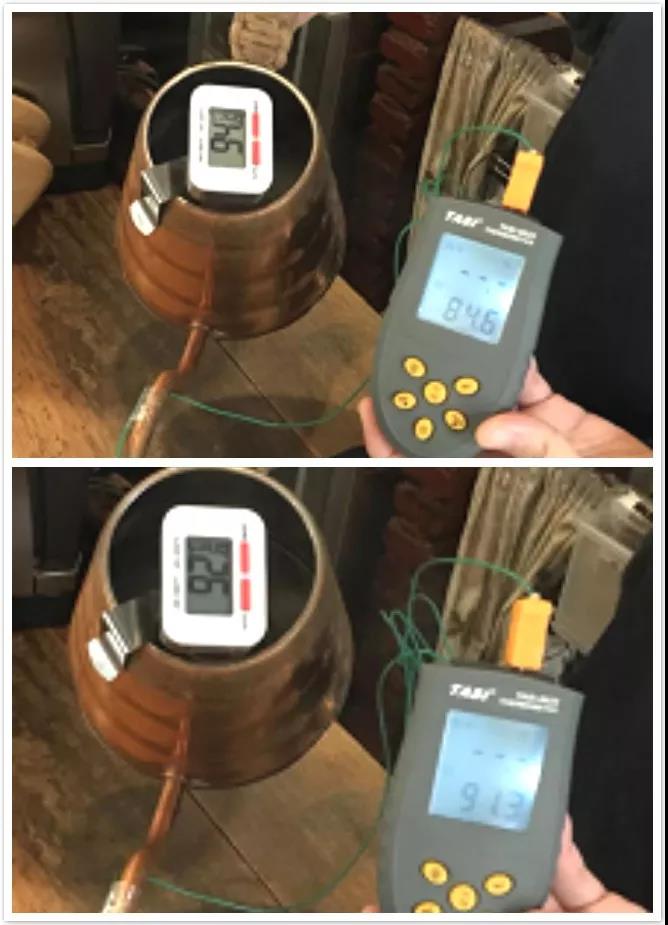
HARIO copper hand punch pot (unpreheated above, preheated below)
No preheating: spout 94 ℃, spout 84 ℃, difference 10 ℃
Preheating: spout 92 ℃, spout 91 ℃, difference 1 ℃
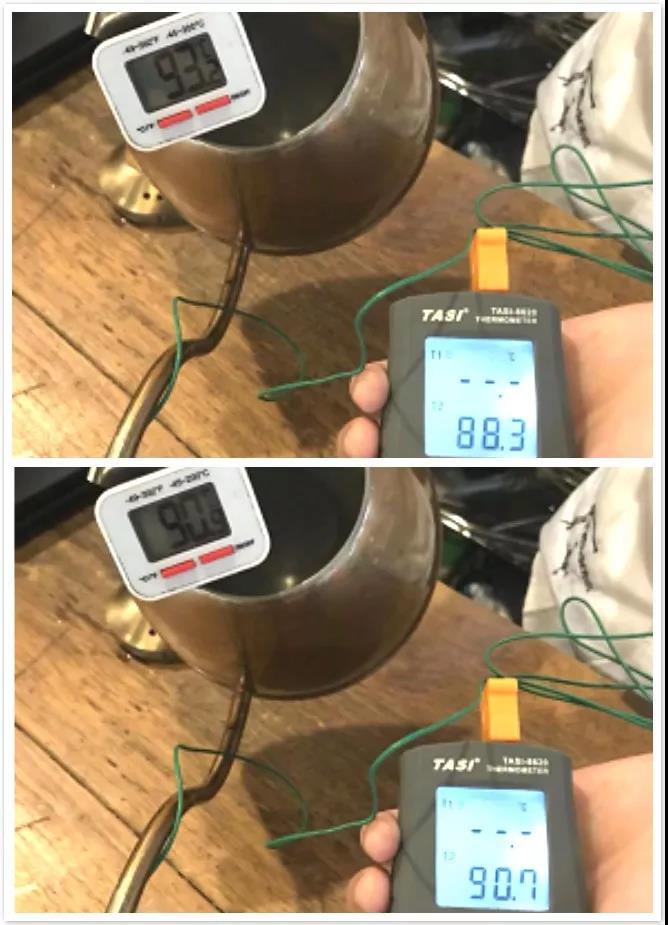
Bonavita hand punch pot (no preheating at the top, preheated at the bottom)
No preheating: spout 93 ℃, spout 88 ℃, difference 5 ℃
Preheating: spout 90.9 ℃, spout 90.7 ℃, difference 0.2 ℃
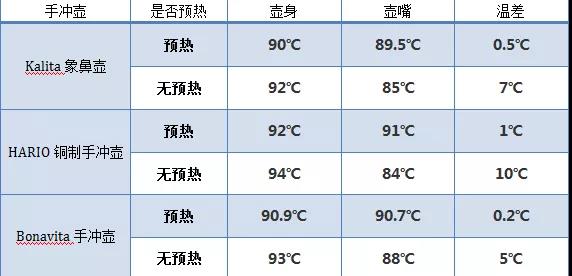
After comparison, we find that there is a large temperature difference between the preheated and unpreheated water temperature of these three kinds of hand kettles.
Due to the better thermal conductivity of copper, the heat absorption capacity of the neck of the hand punch pot will be better, so the temperature difference between HARIO and the neck of the elephant trunk kettle will be larger, while the temperature difference of the bonavita of stainless steel due to the general thermal conductivity, the temperature difference of the neck of the kettle body is small.
| comparison |
So is there any difference between these three kinds of hand pots when making hand coffee? Let's first take a look at the influence of the neck of the kettle on the current.
Kalita elephant trunk kettle
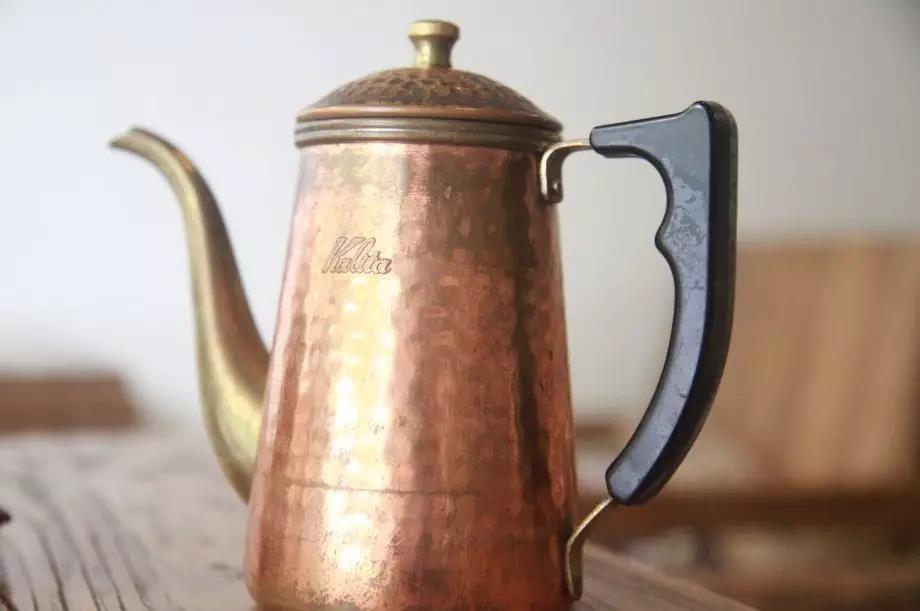
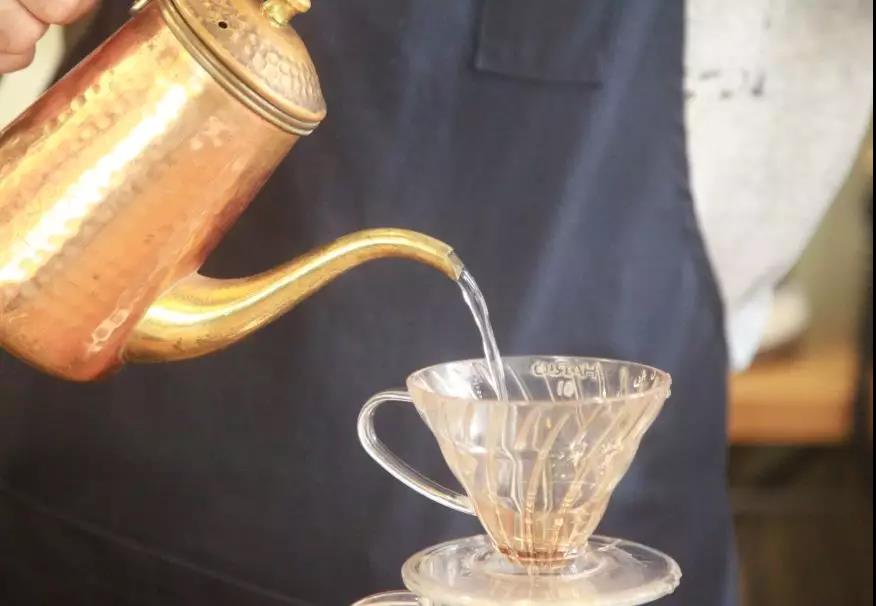
The neck of the kettle is gradually closed in a triangular streamline from the kettle body to the tip of the mouth, thus increasing its Radian and limiting the flow rate of the water. The current is relatively gentle, but because the neck of the kettle is short, it will be more difficult to control the water at first.
Hand punching pot of HARIO copper
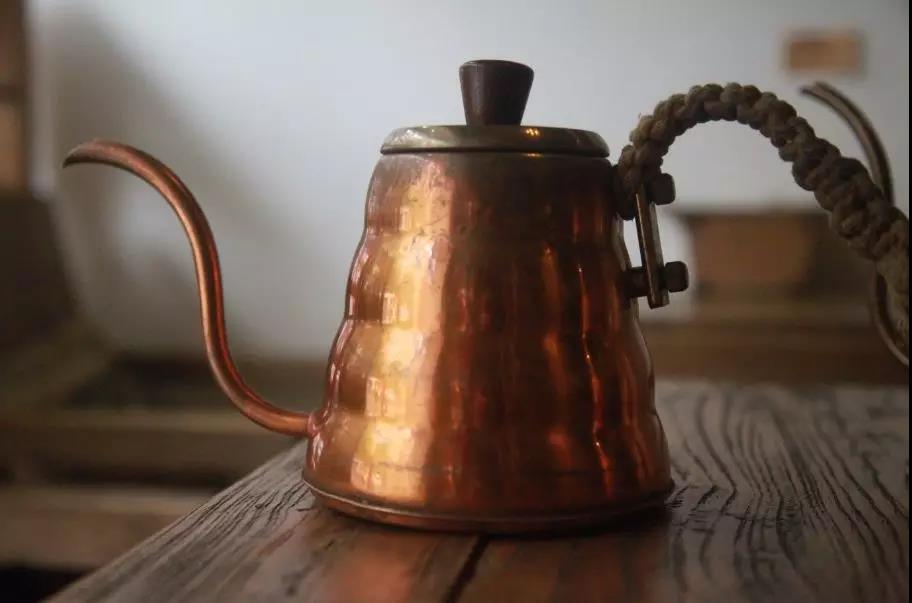
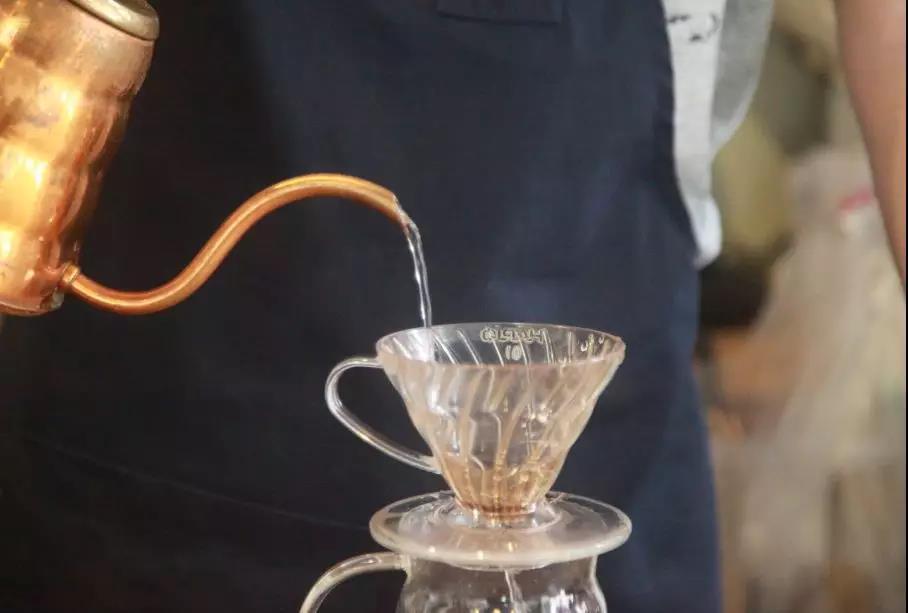
The neck of the kettle is relatively slender, the Radian is slow, the water is straight and the current is easy to control, which is quite friendly for beginners.
Bonavita hand punch pot
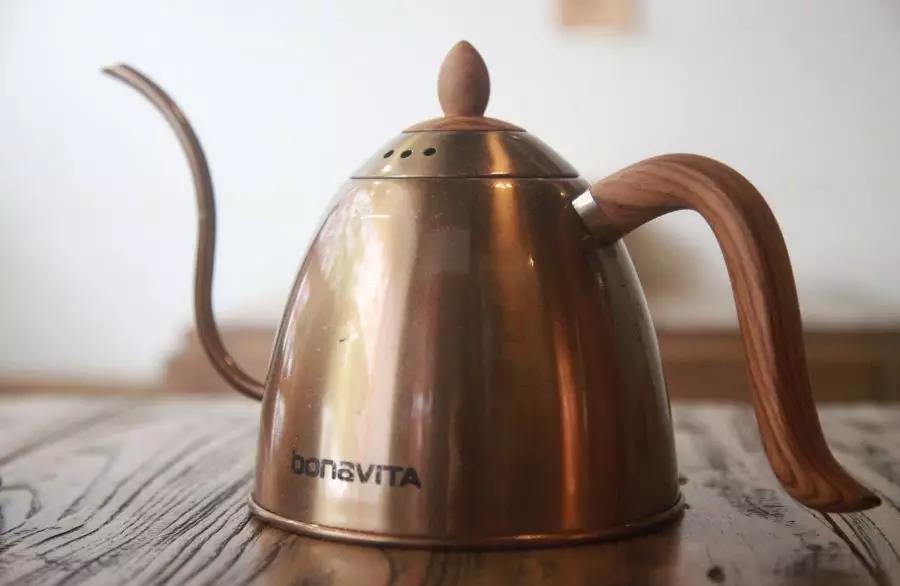
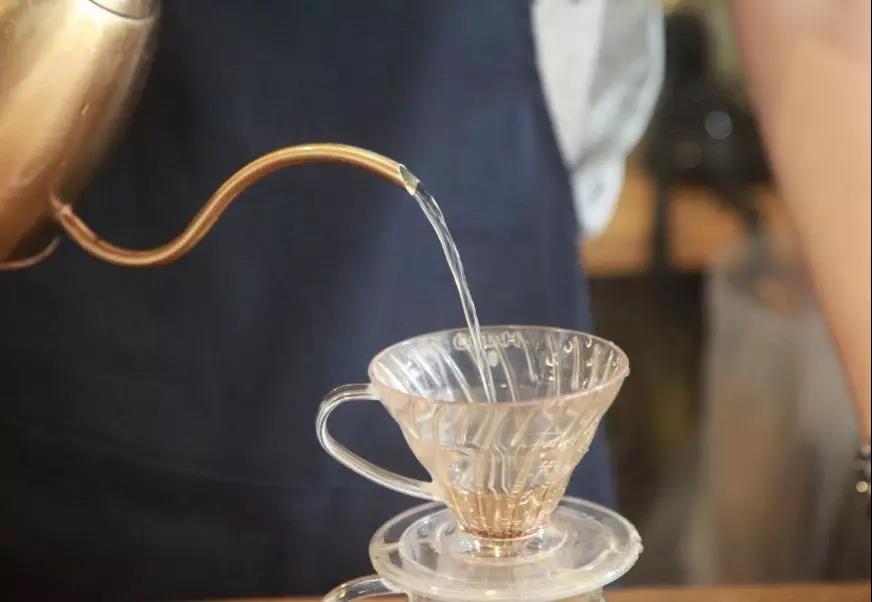
The neck of the kettle is slender, but the arc is steeper, especially when there is more water in the kettle, the water has a feeling of rushing out when pouring water, the falling point of the water is easy to be crooked, and it is easy to rush to the edge of the filter paper when you are not used to it.
The editor plans to use these three kinds of hand pots to make cups [Panamanian Jensen Rose] respectively. Under the condition that the parameters and techniques are basically the same, we will see how different the coffee will be from different hand pots.
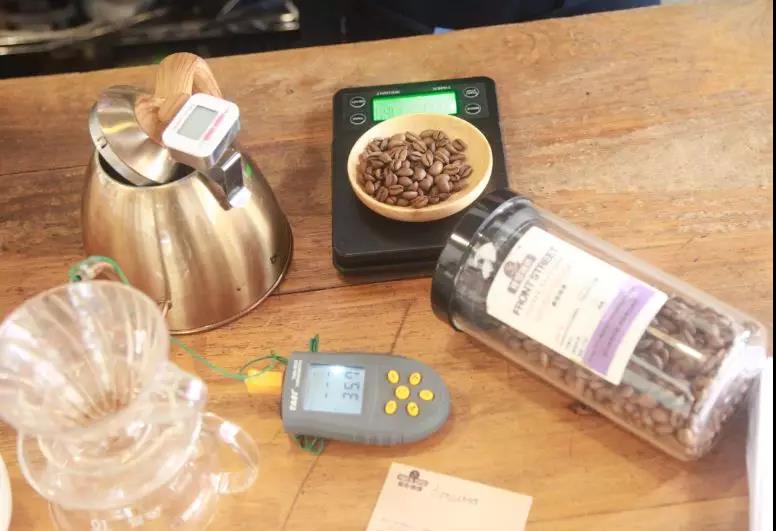
[Panamanian Jensen Manor Rose Summer]
Manor: Johnson Manor
Producing area: Walken producing area (Volcan)
Variety: Geisha Rose Summer
Treatment: insolation
Altitude: 1750m
Baking degree: shallow baking
[parameters] filter cup: HARIO V60; water temperature 90 ℃; grindability BG 5R (Chinese standard 20 sieve pass rate 58%); powder / water ratio close to 1:15
[method] steaming 15 grams of powder and 30 grams of water for 30 seconds, slowly injecting water to 130 grams for segments, and so on when the water level is about to reveal the powder bed, continue to inject water to 230 grams, and remove the filter cup when the powder bed is about to be exposed.
[kalita elephant trunk pot]
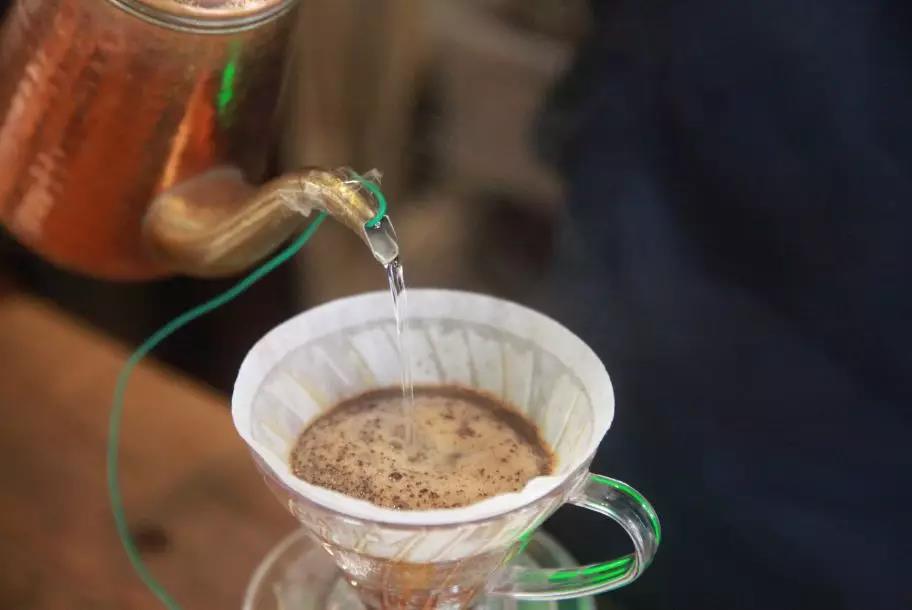
Extraction time (starting time of steaming): 1. 39: 50.
Flavor: the entrance has bergamot, citrus flavor, high acidity, with a hint of flowers, the end is ripe tea feeling.
[HARIO copper hand punching pot]
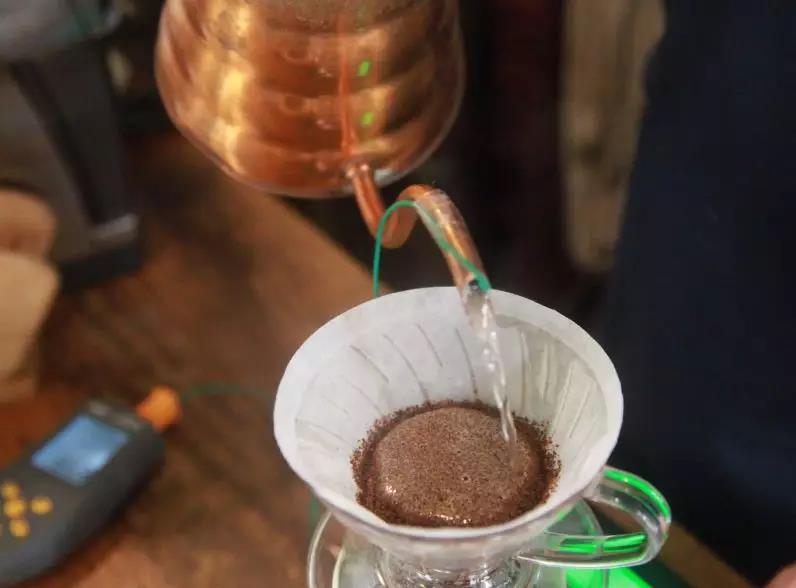
Extraction time (starting time of steaming): 1. 39: 51
Flavor: the palate is soft, with lemon, bergamot and citrus flavors, a hint of fermented wine and sweet raisins at the end.
[bonavita hand Pot]
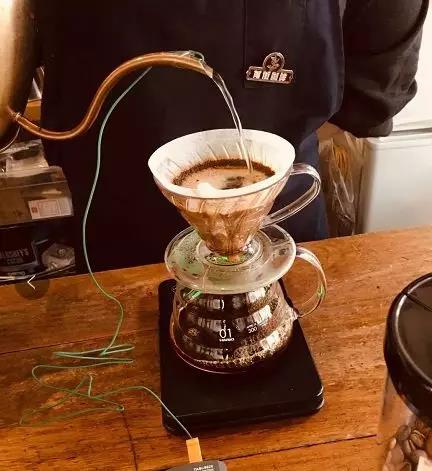
Extraction time (starting time of steaming): 2pm / 39 / 00
Flavor: the taste of imported ripe fruit is obvious, with sour notes of citrus and bergamot, the whole is thin, and there is a feeling of fruit juice soda after the temperature drops.
[summary]
In fact, different hand-brewed pots have more or less influence on the flavor of coffee. After all, the Radian and length of the neck of the pot can affect the falling point and temperature of the water column.
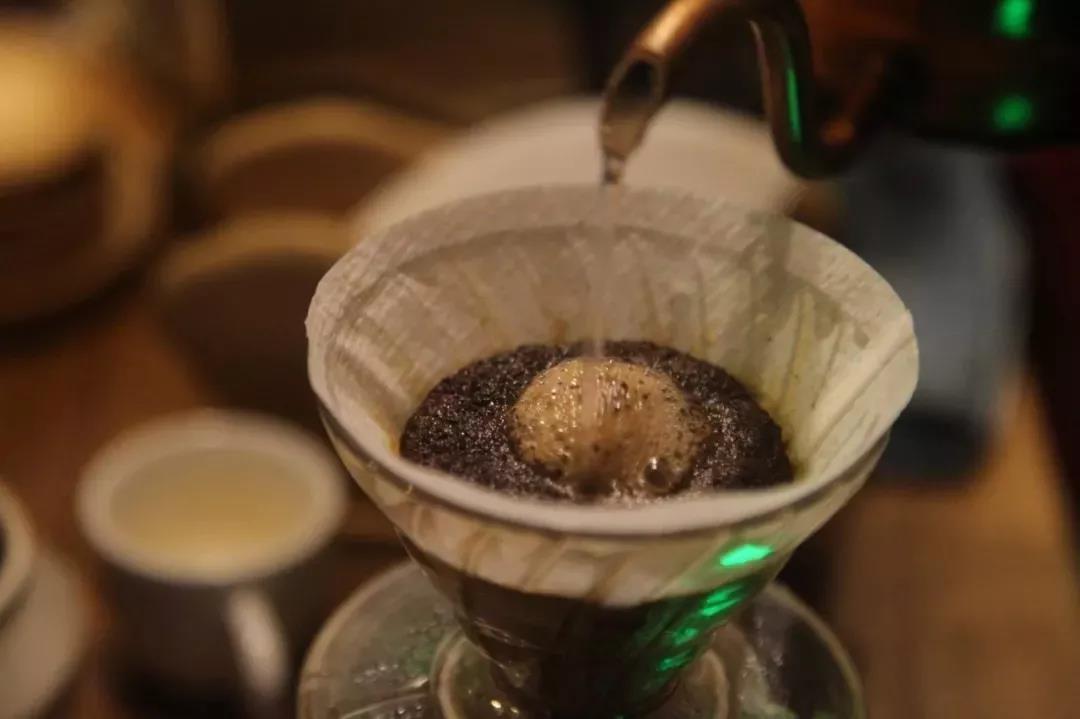
If the arc of the kettle neck is too steep, it is difficult to judge the falling point of the water column at the beginning, which can easily cause the water column to break through the powder wall directly and the water flows away from the edge of the filter paper filter cup; while when the kettle neck is relatively slow, the water column is easy to rise and fall. But it is important to know that no matter whether the neck of the pot is steep or slow, controlling the flow of water is the most important factor, and only in this way can it be more handy to use other types of pots.
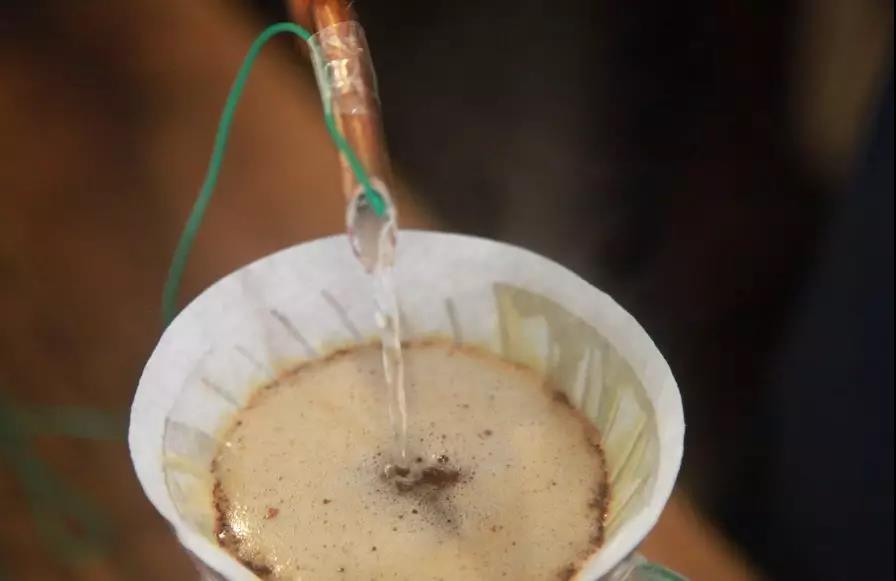
When the neck of the pot is relatively long, the time for the hot water to pass through the neck of the pot will naturally become longer, and the temperature of the hot water in the pot will naturally be slightly lower. So in order to reduce the temperature difference between the two, the editor suggests that you can preheat the spout a little while cooking.
Important Notice :
前街咖啡 FrontStreet Coffee has moved to new addredd:
FrontStreet Coffee Address: 315,Donghua East Road,GuangZhou
Tel:020 38364473
- Prev
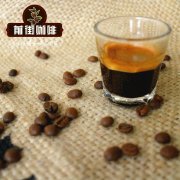
What's the difference between espresso and American coffee? what is the definition of espresso?
For more information on coffee beans, please follow the coffee workshop (official Wechat account cafe_style), while espresso is made in a completely different way. When making espresso, you need to grind the coffee finer. Once the grinding is complete, you need to pour the coffee powder into the filter bowl and use a powder hammer and use 30-40 pounds of pressure powder.
- Next

How to use Philharmonic pressure to make coffee?
For more information on coffee beans, please follow the Coffee Workshop (Wechat official account cafe_style) "Philharmonic pressure (English: AeroPress) is a simple instrument for making coffee by hand, invented by Alan Adler, president of Aerobie Company in the United States in 2005. Overall, its structure is similar to that of a syringe. When in use
Related
- What is the Philharmonic pressure? How to use Philharmonic pressure to make delicious coffee
- Why does a hand grinder have more fine powder than an electric grinder?
- In addition to the hot mom, what is the difference between the versions of EK43 | ditting and Mahdi ek43?
- What kind of equipment do you need to make coffee by hand? Introduction to novice starter cooking equipment tools
- Espresso needs to be ground how thick and thin scale entry Italian Coffee Machine Bean Grinder investigation and Grinding course
- How much does it cost to open a small private cafe? How much does it cost to learn coffee? How to operate it?
- The difference between the flavor characteristics of hand-brewed coffee and coffee maker is hand-brewed coffee really better than coffee maker? Can I use a coffee machine to make coffee beans by hand?
- The difference between 01 and 02 of hario v60 filter cup what is the difference between 01 and 02 filter cup opening and cooking flavor
- What's the difference between the smart cup and the French kettle? Which is better, the French kettle or the Smart Cup?
- What's the difference between a smart cup and a V60 filter cup? The difference between the taste of smart cup and hand-brewed coffee

